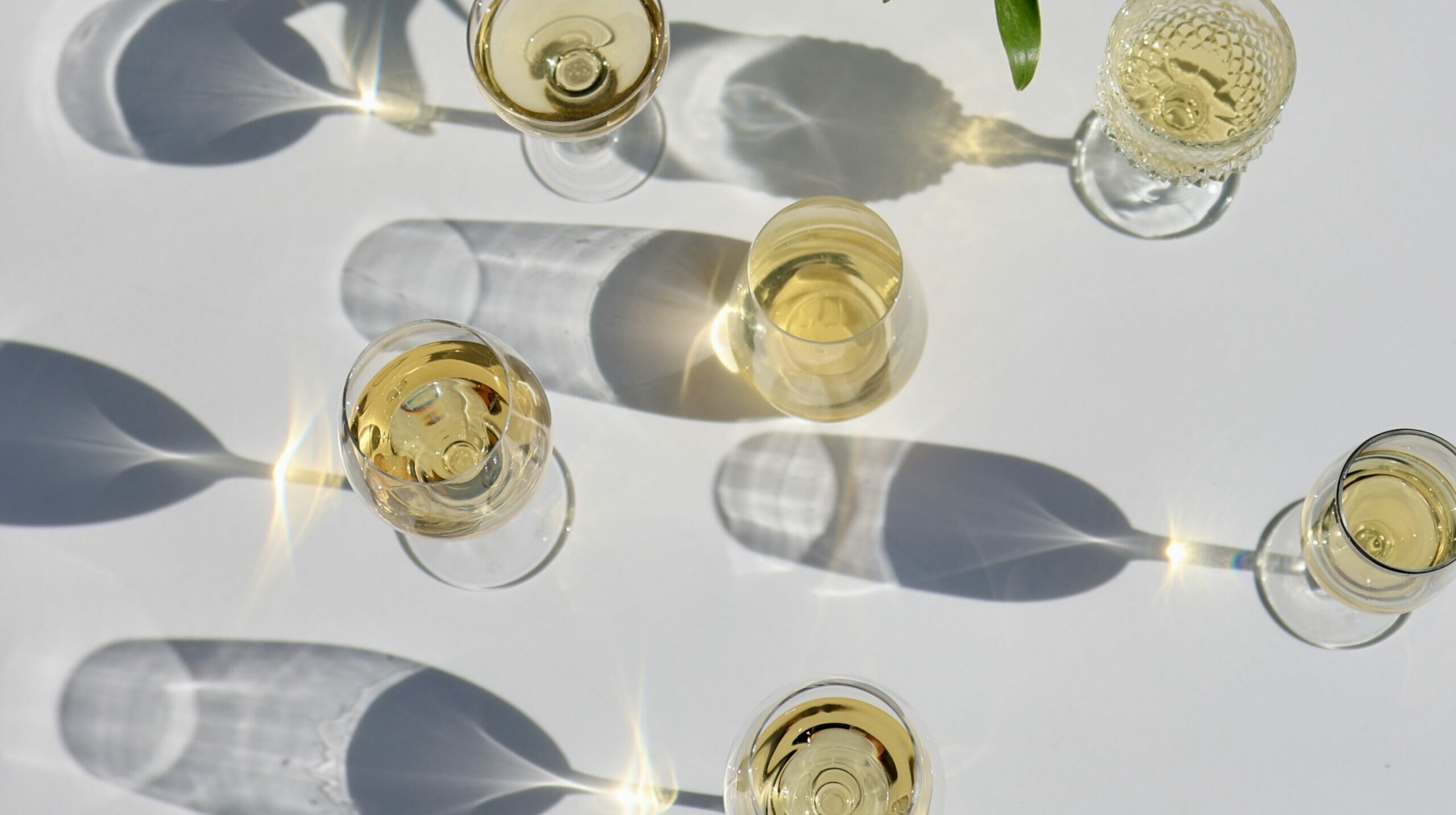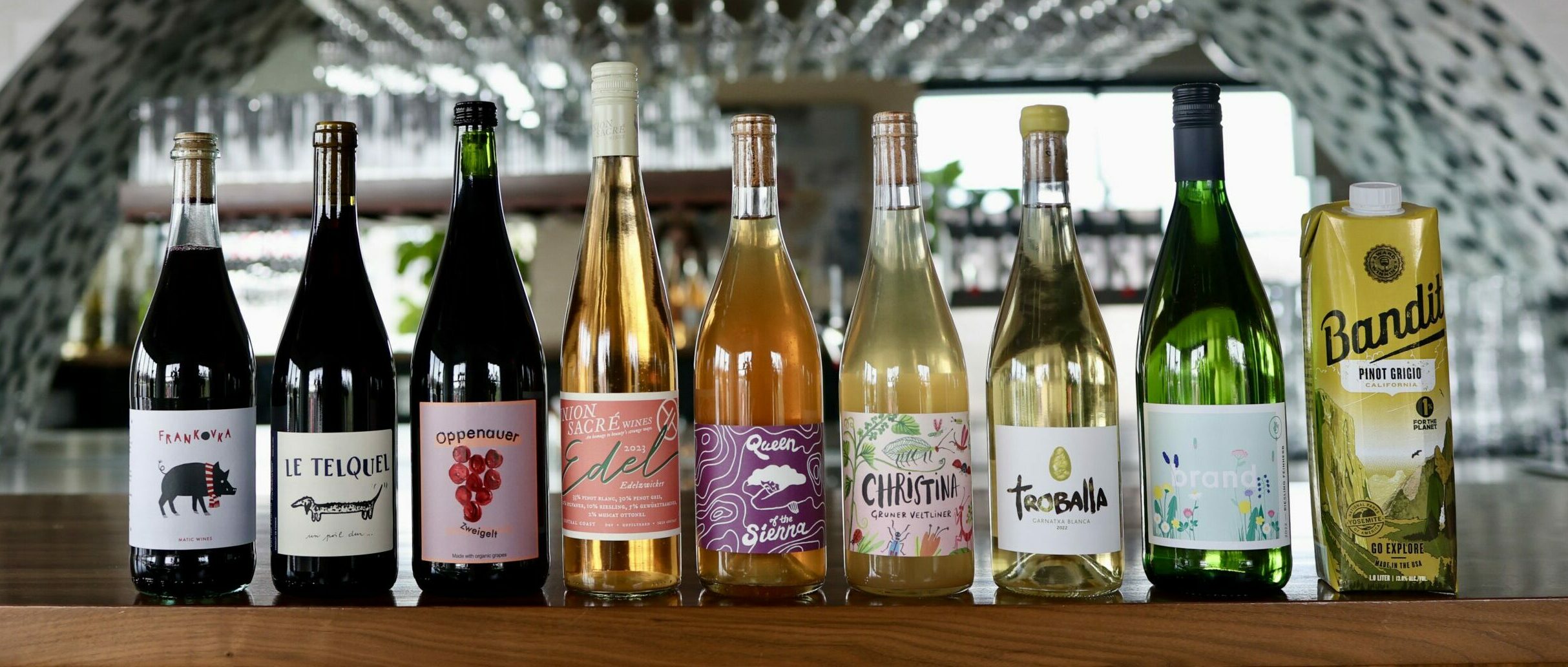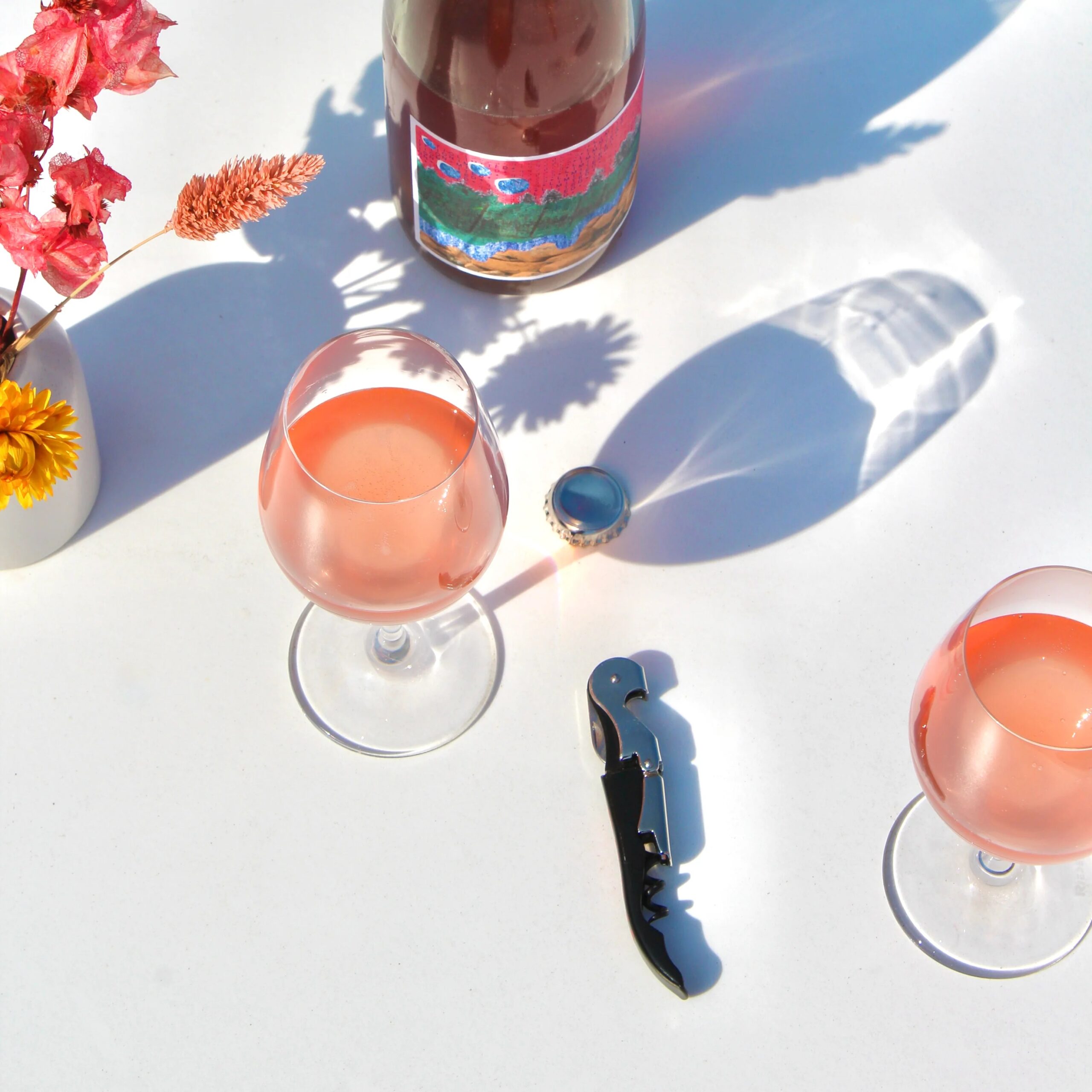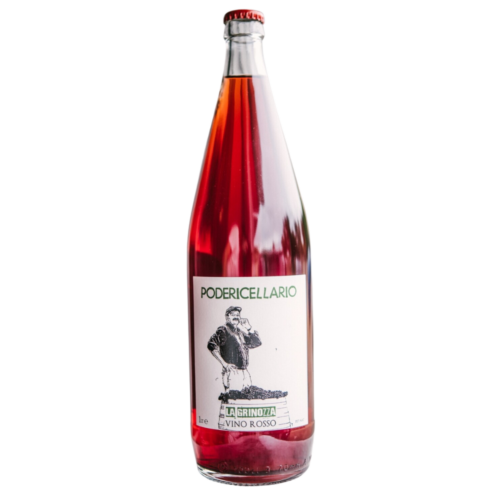If you’ve ever taken a moment to read the label on a bottle of wine, you’ve likely noticed the phrase “Contains Sulfites.” I’ve found that many customers of France 44 are on the quest to find wines without sulfites over health concerns, “wine headaches”, or simply because they don’t want them in their wines. But what exactly are sulfites, and what is their role in the winemaking process?
Sulfites, also known as sulfur dioxide, are chemical compounds often used as antimicrobials and antioxidants in many foods and beverages. It would be impossible to make a wine that is entirely sulfite-free, because SO2 is formed by the metabolic action of yeast during alcoholic fermentation.
So, how are sulfites used in winemaking? Because of their antioxidative properties, many winemakers choose to add small amounts of sulfur dioxide during various stages of the winemaking process. It is most frequently added to freshly picked grapes during crushing and pressing because it can deactivate enzymes that catalyze oxidation- leading to brown juice and modified aromas and flavors. Winemakers may also commonly add small amounts of SO2 at bottling because of sulfur dioxide’s natural antimicrobial properties.
Now that we have a general scientific understanding of what sulfites are and how they are used in wines, let’s examine a few myths surrounding them:
- Many people assume red wine contains more sulfites than white wine, when it is (typically) the opposite. As I mentioned previously, oxidation can alter color (usually resulting in a browning of the juice), flavors, and aromas. Winemakers will typically try to protect white wines from exposure to oxygen to preserve the fresh and fruity aromatic qualities of the grapes being used. There is typically a higher need for sulfur dioxide in these wines, because of its natural antioxidant quality.
- One of the most pervasive myths is that sulfites are responsible for the headaches some people experience after drinking wine. However, scientific evidence does not support this claim. Sulfite sensitivity typically results (especially in severe asthmatics) in respiratory symptoms, such as asthma attacks, rather than headaches. In fact, foods like dried fruits and processed meats contain higher levels of sulfites than wine, yet they are not commonly associated with headaches. The culprit behind wine-induced headaches is more likely to be the alcohol itself or dehydration.
- It is commonly assumed that organic wines do not contain any sulfites. If you’ve made it this far, we already know that it is impossible to make a sulfite-free wine since sulfur dioxide is a naturally occurring byproduct of fermentation. However, organically labeled wines typically contain lower levels or zero added sulfites due to various governmental regulations.
So, what are some tricks to find wines on the shelf that might have lower sulfite levels?
- Wines with green “organic” or “biodynamic” labels on the France 44 wine shelf have been certified as such, and typically will contain fewer or no added sulfites. Just keep in mind that they will still contain small amounts of naturally occurring SO2.
- Dry red wines typically contain lower levels of added sulfites. For folks that experience headaches after drinking wine, I typically try to recommend organic, dry red wines with lower levels of alcohol. Try Alois Lageder Schiava from Northern Italy or Jolie Laide’s Glou d’Etat.
- “Zero-zero” wines, they’re so hot right now. These are wines that first contain zero added sulfites. Nothing is added or removed during the winemaking process that is not naturally present in the wine. This means no acidification agents, no color enhancers, no filtration, and no sulfur or commercially made yeast. Check out Where’s Linus Orange Wine and Ashanta Wines (there is even a sidra-style wine for the adventure-seekers).





